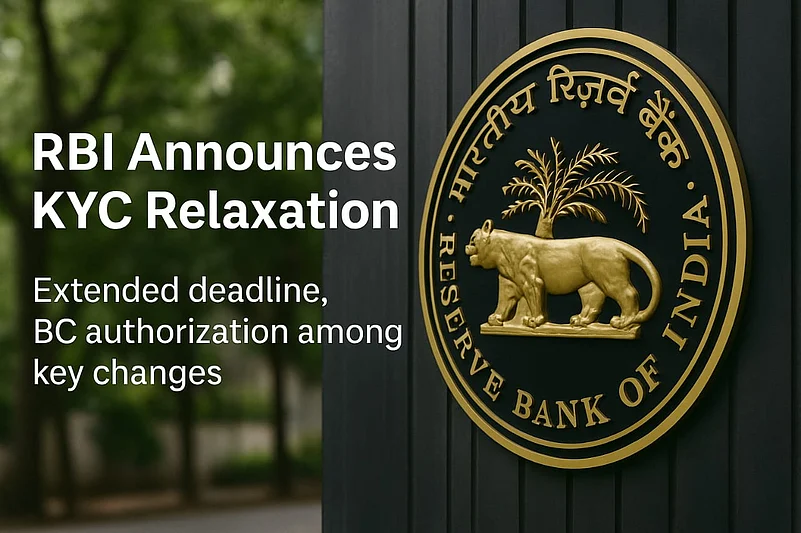To make banking more convenient and hassle-free, the Reserve Bank of India (RBI) significantly overhauled the Know Your Customer (KYC) guidelines. The guidelines, issued on June 12, 2025, emphasise releasing longer time periods, expanded outreach through Business Correspondents (BCs), and streamlined processes to reactivate dormant accounts and update customer information.
Extended Time for Low-Risk Customers
The RBI has relaxed the updation deadline of KYC for 'low-risk' customers. These customers are now permitted to update their KYC within one year after the due date or on or before June 30, 2026, whichever is later. Banks will have to offer full access to these accounts during the extended period of time, but place them under constant surveillance for any suspicious activity.
This move is designed to ease the burden on most customers, especially rural and elderly customers who are predominantly affected by delays due to logistical reasons.
BCs Enabled to Increase Compliance
One of the most appreciable changes to the new regulations is enabling business correspondents (BCs)—local agents like Kirana shopkeepers, NGOs, and field officers—to serve customers with KYC norms. BCs are enabled to:
Accept self-declarations (no change or change of address)
Collect and remit valid documents (OVDs) officially
Use biometric authentication or e-KYC
Facilitate physical and electronic submission of information
However, banks are still accountable for the eventual KYC validation and acceptance. This adjustment is likely to make a significant impact in rural and semi-urban regions, where bank branches are scarce and mobility is compromised.
Clear Warnings Prior to Freezing Any Account
To avoid surprise, the RBI has requested the banks to issue a minimum of three reminders prior to the due date for KYC updation—of which at least one should be sent by mail. In case customers don't update even after the due date, three more reminders have to be issued before any action, like freezing a customer account, is initiated.
These communication standards would be made effective from January 1, 2026, and would look to avoid sudden disruptions to banking services.
Different modes for updating KYC
To cater to different categories of users, the RBI has permitted a variety of channels for monitoring or updating KYC:
Physical visit to any branch
Aadhaar-based OTP confirmation
Uploading papers through DigiLocker or secure digital media
Using Video Customer Identification Process (V-CIP) for live authentication
The customer can pick the one that is most suitable to them, making it more convenient and less physical-visit dependent.
Easier Reactivation of Inactive Accounts
Dormant account holders or customers who want to reactivate unclaimed deposits can make an update of their KYC through any one of the aforementioned modes. The facilities may also be accessed from any bank branch or through BCs rather than a designated home branch.
This flexibility should accelerate the rate of retrieving and reactivating funds, particularly for those whose loved ones passed away or those who reside in other towns.
What Should Customers Do Now?
If your bank account is up for a KYC renewal, you have more time and more options to complete it. You can go to a Business Correspondent in your vicinity, do KYC over a video call, or visit any branch—not necessarily the branch where you opened your account.










